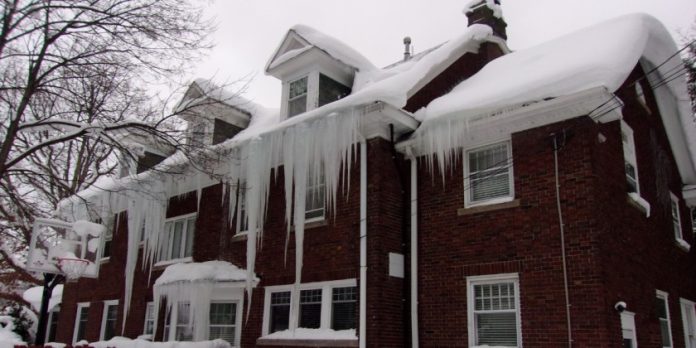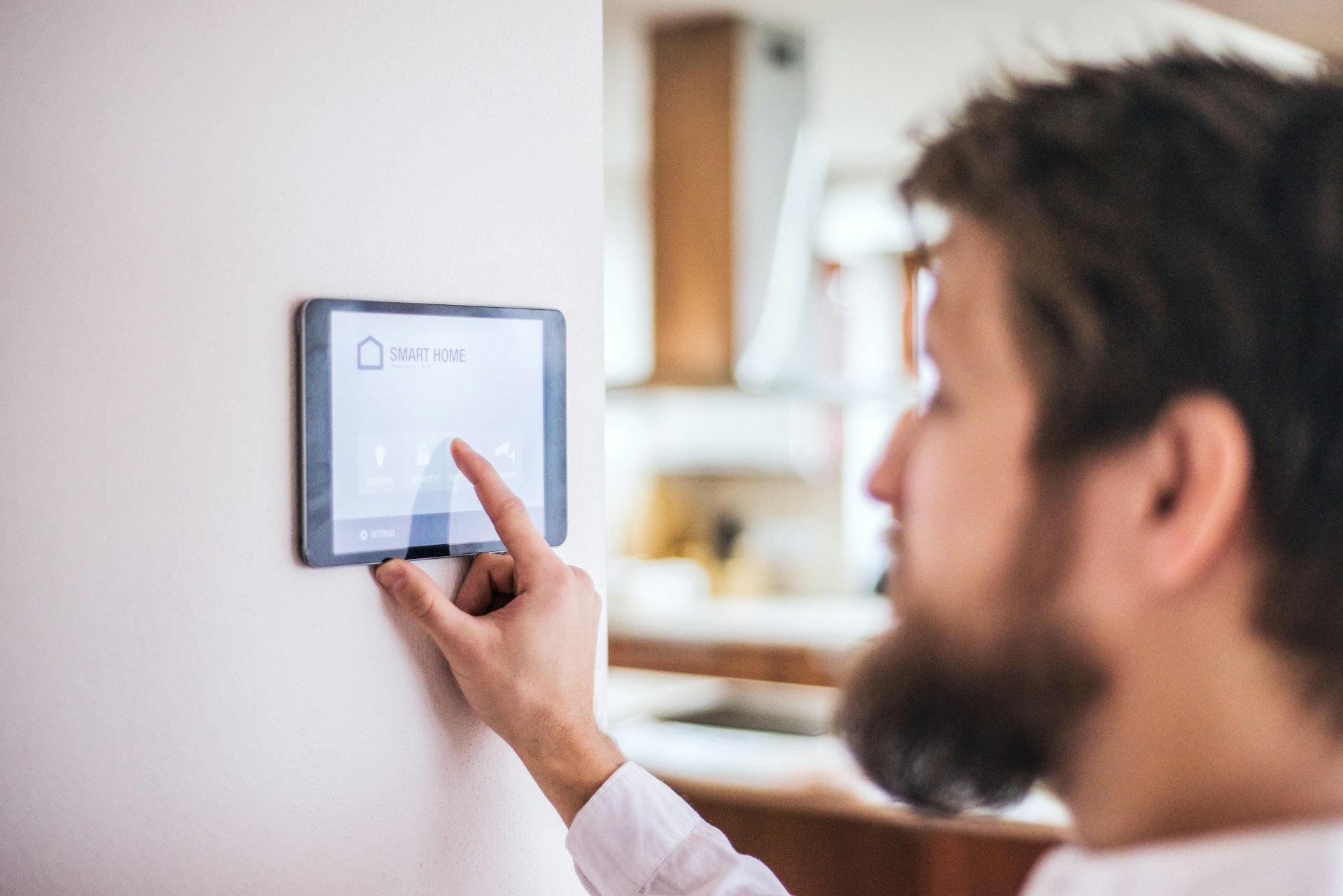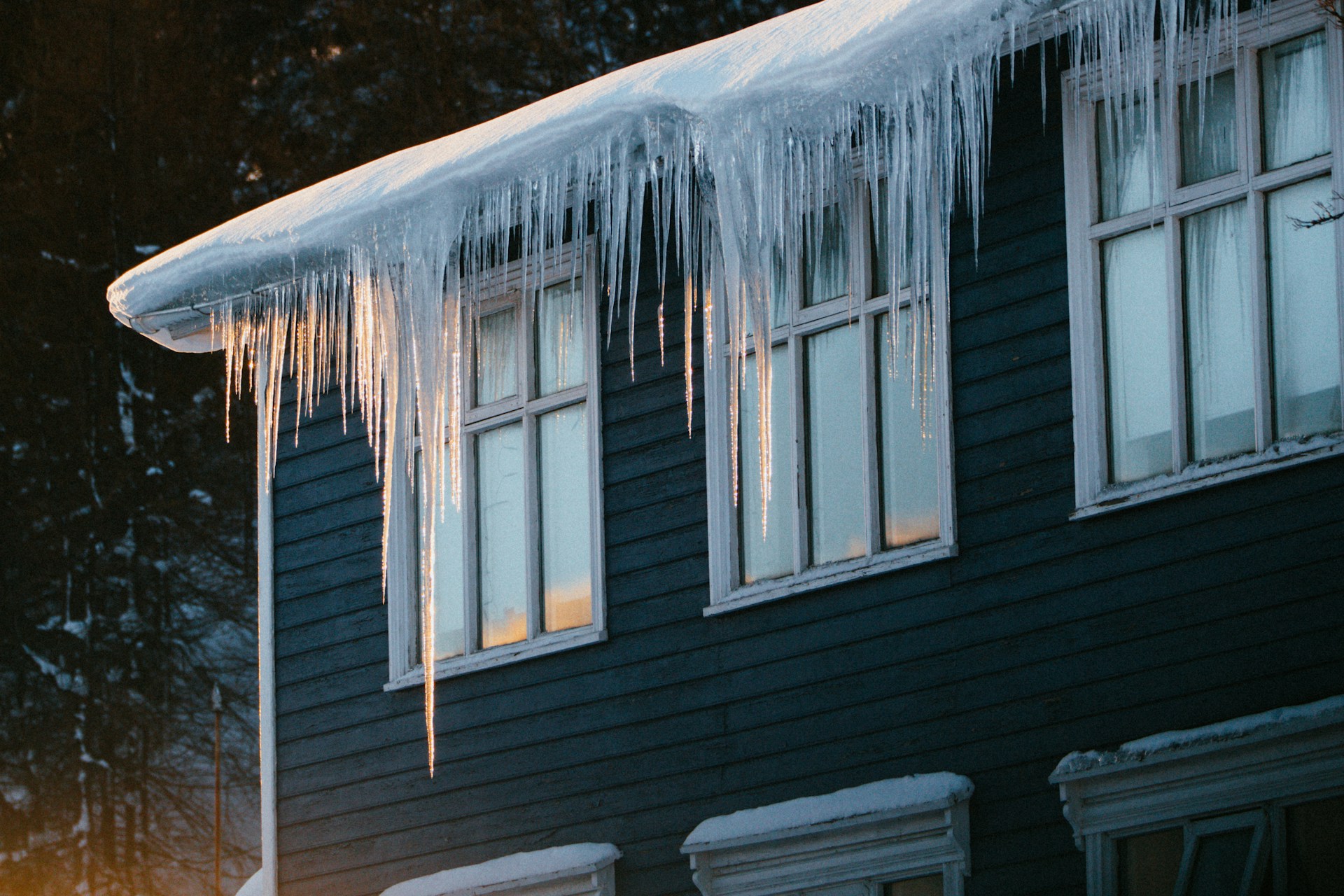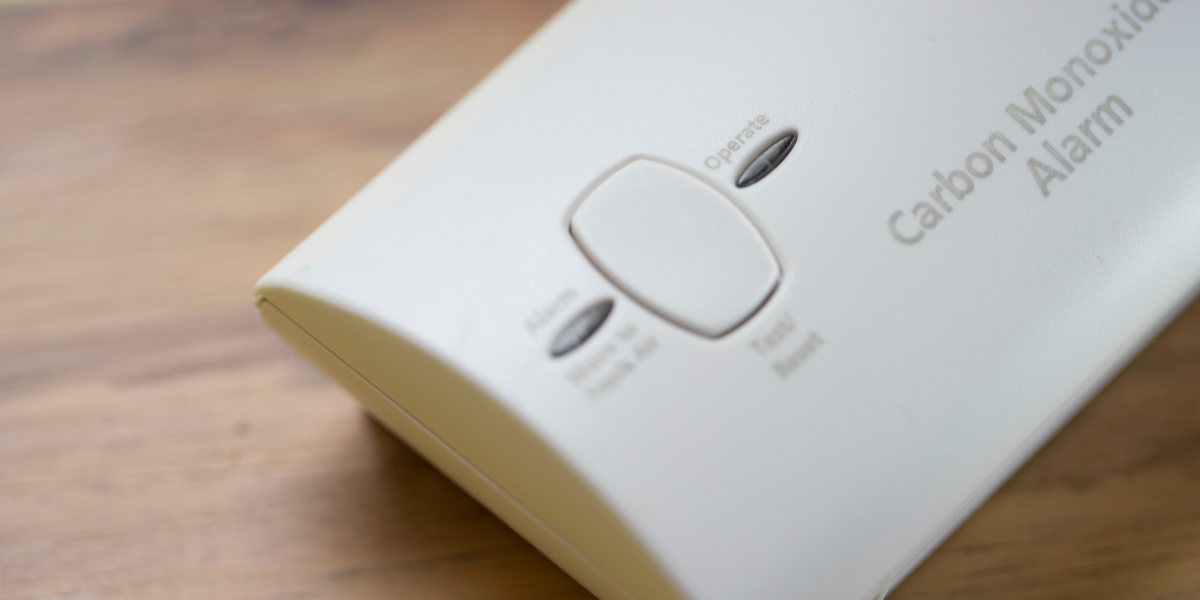In recent years, the polar vortex has transformed from a rare occurrence into a frequent challenge for many American homeowners. This phenomenon, characterized by plummeting windchill temperatures reaching as low as -50°F, has extended its reach far beyond the traditionally cold northern states. Both 2022 and 2023 saw freezing temperatures in regions as unexpected as Texas.
As we face this new climatic reality, being prepared is no longer optional but essential for the safety and integrity of our homes. Here’s a comprehensive guide to help you navigate the next polar vortex.
1. Smart Temperature Management
A crucial aspect of preparation involves the effective management of your home’s temperature. In an interview with Colorado Springs’ The Gazette newspaper, Somer Mese, the Chief Operations Officer at Colorado Springs Utilities, recommends keeping your thermostat at a maximum of 68 degrees when at home and no lower than 60°F when you’re away or asleep.
This balance is key to staying warm enough for most pipes not to freeze while not overburdening your heating system. As Mese puts it, a slightly cooler temperature can reduce the strain on your furnace and save on heating costs.
Additionally, investing in a smart thermostat can offer greater control and efficiency. For example: Reducing the temperature each day while you’re away from home, or during the night while you sleep, becomes one less thing that needs your attention. And don’t forget to check with your utilities provider, as some provide cash-back or credit incentives for installing these devices!
2. Combatting Ice Dams
Ice dams pose a significant risk to your home’s roof and structural integrity. Ice dams regularly happen when a person’s roof experiences unnatural or extreme temperature variations. Most commonly, this is due to warm interior air escaping into the attic through small gaps in your home’s interior known as “attic bypasses”. Attic bypasses are unintentional gaps that allow for this leaking of heated air to find its way into the otherwise chilly attic space. These are most commonly found at recessed lighting fixtures, exhaust fans, attic doors, smoke detectors, outlets, ceiling fans, etc. (i.e., anywhere your walls or ceilings have been penetrated).
Even if you follow the temperature guidelines in Tip #1, air that’s 60°F is still much warmer than the potentially sub-zero air outside and/or inside your attic space. This is why attic bypasses can be so problematic, as they exasperate the melting of the snow atop your roof by warming the roof from the underside, ultimately causing ice dams. That’s because where your roof overhangs the exterior walls of your home, there is no heating living space the overhangs, thus the they remain much colder. When that slow trickle of melted snow from above (due to the warm attic) reaches the overhangs, it quickly freezes. As melted snow continues to run down the slope of the roof and make contact with the freezing-cold overhangs, this thaw/freeze cycle eventually creates an ice dam.
To help mitigate ice dams, regularly clear snow from your roof’s overhangs using a specialized roof broom or roof rake. These can be effective at clearing one to three-feet of snow from your roof’s perimeter as you walk around it. You’re likely going to get a little snow in the face, but it’s much better than not clearing it. If you wait, you’re going to have to call in a professional who specializes in emergency ice dam removal services.
3. Protecting Pipes and Faucets
Watch your faucets and water pipes. Even if you winterize your outdoor sprinkler system, when a polar vortex comes through town, you’re going to push the capabilities of your home’s insulation. Due to this, homeowners can experience even frozen interior pipes, which is crazy, but happens every year. To avoid this, pay specific attention to any sinks and toilets that are on an exterior wall. The facilities on the interior of your home have plenty of secondary insulation, but those on the perimeter are often only separated by a few inches of material from the outside.
Allow your sink faucets to slowly drip. You want to keep the line open and flowing so it can’t remain static and freeze. If you’re particularly worried, you can also introduce a small space heater to the room for some extra warmth. This can happen if the home is older or has any structural gaps, which can even happen in new construction. If there is a gap in your home’s armor, a polar vortex will expose it with frosted or freezing pipes.
Ensure all exterior spigots are not only closed with no attached hose, but also covered with an insulation bip or wrapping. Some people do this normally and others skip, but the extra protection in these extreme temperatures is advised.
4. Humidity Control: A Critical Step
Well-intentioned but unaware homeowners will frequently complain that the inside surface of their windows are weeping and freezing; starting at the corners and working in. Depending on the age of your windows, this layer of frost and ice can spread, quickly producing surprising amounts of ice. Most people try a hairdryer or put towels down while scratching their head trying to figure out why it’s happening. It’s most likely because of your home humidifier.
Across America’s arid high-plains and mountains you’ll find skin-cracking dry conditions during winter. To combat this, people are installing home humidifiers to bring single digit percentages above 20 and 30%. By lowering your indoor humidity level to 10% or less, you can prevent the formation and spread of frost and ice inside your home. This proactive step is essential to avoid water damage on window sills, walls, and floors once the ice begins to thaw. While creating a higher range of humidity is good during winter, dial it back for this freeze and then return it to its normal levels once you begin to warm up.
5. Carbon Monoxide Awareness
Be mindful of carbon monoxide poisoning and any fumes from small engines if you have to run a generator for heat or are relying on a wood burning fireplace or stove. Chimneys and exhaust vents can become obstructed during extreme snow and lead to carbon monoxide backing up and seeping back into the home. This can be quickly fatal to you and your family, particularly if you’re asleep. To protect yourself here, you need to have several carbon monoxide detectors and alarms in your home. Ideally, each bedroom, large hallways leading to sleeping quarters, and living areas. Avoid the kitchen and next to the garage door for false positives, but be mindful of how dangerous exhaust is being diverted away from your home.
6. Preparing for Power Outages
Plan for power outages, as trees can fall in bad storms and as we’ve seen time and time again, extreme weather can hinder or overload regional utilities. This means you need to have flashlights and extra batteries (for each flashlight) available and easily locatable. Headlamps are even better, but even cheap LED camping lanterns can work really well too. It can be nice to have both hands free.
This also means you also need to have an overnight bag with emergency supplies, such as winter clothing and prescriptions, packed before the vortex arrives. This will allow you to collect you and your family members more easily if you have to leave for warmer shelter at a friend or family member’s home.
Speaking of leaving during a power outage, do you know how to manually disengage your garage door and lift it manually? If not, learn beforehand. It’s also encouraged to park your vehicles in the garage facing out. If you experience a lot of snow, backing out into a drift can be much harder than driving forward in Drive.
Additional Preparatory Measures
- Weatherproofing Your Home: Ensure that your home is well-insulated and free from drafts. Pay special attention to attics, basements, and crawl spaces.
- Emergency Kit: Assemble a comprehensive emergency kit that includes blankets, a first-aid kit, flashlights, batteries, and a stock of non-perishable food and water.
- Fire Safety: Have a fire extinguisher readily available and use space heaters with caution. Never leave them unattended.
- Pet Safety: If you have pets, make sure they have a warm, sheltered place, either indoors or in an insulated outdoor Access to unfrozen water is critical for their well-being.
- Stay Informed: Keep up to date with the latest weather reports and Staying informed allows you to anticipate and react to changes in weather conditions.
- Communication Plan: Establish a reliable way to communicate with family members, especially if you are not together when the vortex hits.
- Vehicle Readiness: If travel is necessary, ensure your vehicle is equipped with an emergency kit, including blankets, food, water, and a charged cell phone.
Facing a polar vortex requires more than just reactive measures; it demands proactive planning and a comprehensive approach to safeguarding your home and family. By following these steps, you can hedge your bets in your favor to come out unscathed or at least in better shape than you would have been!

Cameron Dickerson is a seasoned journalist with nearly 10 years experience. While studying journalism at the University of Missouri, Cameron found a passion for finding engaging stories. As a contributor to Kev’s Best, Cameron mostly covers state and national developments.




